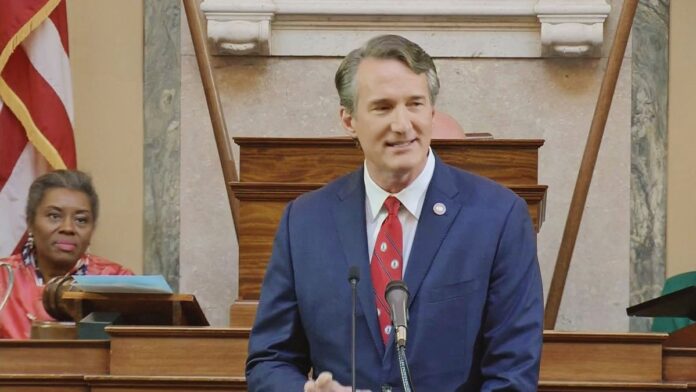| Following the Bureau of Labor Statistics (BLS) annual benchmarking, Governor Glenn Youngkin has announced that according to the BLS Local Area Unemployment Statistics (“LAUS”, or “the household survey”), the labor force participation rate, which measures the proportion of the civilian population age 16 and older that is employed or actively looking for work, increased by .1 percent to 66.6 percent in January.
“Virginia has seen incredibly strong job growth in our first two years, and we have an opportunity to drive even more people into the workforce,” said Governor Glenn Youngkin. “This jobs report reinforces the importance of advancing an agenda that empowers job creation and business development to grow the Commonwealth. We cannot go backwards; Virginia must keep moving forward.” According to BLS LAUS, Virginia’s seasonally adjusted unemployment rate in January remained unchanged at 3.0 percent, which is 0.7 percentage points below the national rate. The labor force increased by 8,558 to 4,588,251; and the number of employed residents increased by 8,212 to 4,448,520, as the number of unemployed residents increased by 346 to 139,731. “Over the last six months, household employment as a percentage of the population has held at its highest level since 2009,” said Secretary of Labor Bryan Slater. “Overall, Virginia’s labor market economy remains strong at the start of 2024 as we continue to invest in new talent attraction, retention, and training strategies.” “January’s labor force marked over two years of consecutive month to month growth. Labor force growth over the last six months has slowed but the labor market has continued to expand with a greater balance between employers and job seekers after severe labor shortages,” said Secretary of Commerce and Trade Caren Merrick. BLS publishes an additional employment figure from its Current Employment Statistics Survey (“CES” or “establishment survey”). The CES survey uses payroll records of establishment employers and is designed to provide a count of jobs under which the employer pays unemployment insurance. The LAUS survey is based on household interviews conducted each month for the Bureau of Labor Statistics and provides comprehensive data on the labor force, including those who are employed and unemployed. Establishment survey data reflects changes for updated seasonal adjustment factors, and industry classification conversions (NAICS), as part of the annual benchmarking process. The household survey only distinguishes between whether a person is employed or unemployed, whereas CES counts each employee that is on an employer’s payroll. CES excludes business owners, self-employed persons, unpaid volunteers and private household workers, and those on unpaid leave or not working because of a labor dispute. |
 |
| For more details, visit the Virginia Works LMI website at https://virginiaworks.com/.
Establishment (CES) survey data have been revised because of the BLS annual benchmarking process, the NAICS 2022 conversion, and the updating of seasonal adjustment factors. Also, household (LAUS) survey data for January 2023 reflect updated population estimates. LAUS figures were revised down, materially, and reflect changes for updated population estimates. Establishment survey revisions were revised upward materially, aligning employment estimates from the survey with employment counts derived primarily from the administrative file of employees covered by Unemployment Insurance (UI). For more information on benchmarking, visit the BLS website www.bls.gov/web/empsit/cesbmart.htm. |


